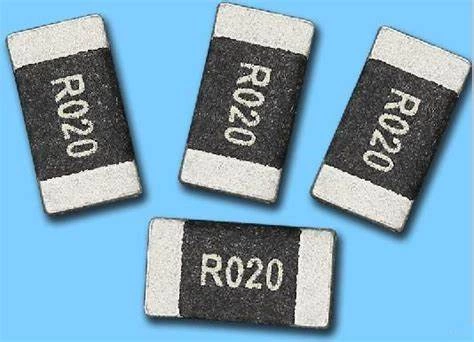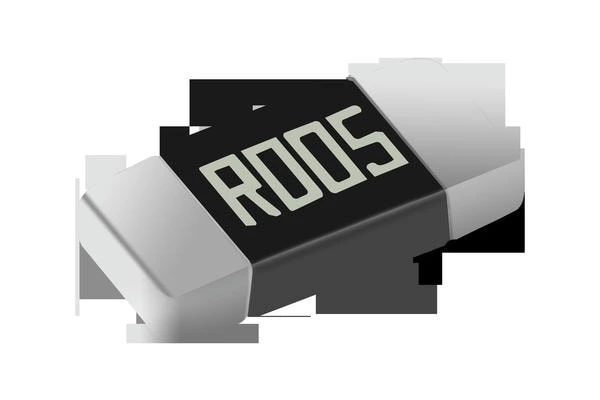Recommendations And Selection Guide For High Cost-performance Current Sense Resistor
In power management, IoT, automotive electronics, and beyond, a high cost-performance current sense resistor is the key to precise current sampling while keeping costs in check. How can you quickly identify the “most cost-effective current sense resistor brand” among countless options and ensure system reliability? This guide centers on a current sense resistor selection guide, taking you from parameter comparison and application scenarios to cost optimization, helping you find the ideal shunt resistor solution for your project.

I. Clarify Your Needs: How to Choose a High Cost-performance Shunt Resistor?
1.1 Define Accuracy and Resistance Range
- High-precision current sense resistor (±1%): Perfect for precision power supplies and instrumentation.
- Low-ohm shunt resistor (≤10 mΩ): Ideal for high-current applications, minimizing power loss.
- Tip: If your project tolerates slightly lower resolution, you can relax the tolerance requirement to gain a lower-cost option.
1.2 Match Power Rating and Thermal Solution
- 1 W–5 W cost-performance shunts: Suited for low-power modules and portable devices.
- Through-hole high-power shunts: Best for industrial inverters and charging stations; pair with heatsinks or fans for cooling.
- Tip: Leave a 20%–50% power margin to prevent performance degradation at elevated temperatures.
II. Scenario Recommendations: Best Picks for Different Industries
2.1 IoT Sensors and Small Appliances
- Recommended: SMD cost-performance shunt (2–5 mΩ, 1 W) for minimal footprint and easy automated assembly.
- Example: Smart water meters and electric toothbrushes—balances cost and accuracy.
2.2 Automotive Electronics and Battery Management
- Recommended: Low-drift, high-stability shunt (≤1 mΩ, 3 W) to ensure long-term precision.
- Example: Automotive BMS (Battery Management System)—minimizes voltage error for accurate state-of-charge calculations.
2.3 Solar Inverters and Industrial Power Supplies
- Recommended: Through-hole high-power shunt (≤10 mΩ, ≥10 W) with heatsink compatibility for high-current surges.
- Example: PV grid-tie inverters—real-time DC-side current monitoring enhances system safety.

III. Practical Selection Tips
3.1How to choose a cost-effective shunt resistor?
- Measurement needs: Determine resistance and tolerance.
- Production volume: Pick SMD or through-hole accordingly.
- Environment: Evaluate temperature coefficient and cooling requirements.
- Budget: Compare quotes from multiple vendors and review reliability specs.
3.2Budget-constrained current sense resistor selection
- Favor off-the-shelf packages and standard specs over custom parts.
- For small-run projects, start with 1% tolerance devices and upgrade later if needed.
IV. Cost Control: PCB Layout and Maintenance Tips
- Smart Layout: Use four-wire (Kelvin) connections to eliminate trace resistance errors without expensive calibration.
- Thermal Management: Add thermal vias around the shunt and leverage inner copper planes to spread heat, reducing the need for costly external heatsinks.
- Procurement Strategy: Bundle resistor orders with related ICs and modules to negotiate better pricing.
V. FAQ
Q1: How do I balance cost performance and high precision?
If cost is the priority, choose a lower-cost resistor within ±1% tolerance; if precision is critical, upgrade to ±0.5% or lower-drift parts.
Q2: What are good entry-level current sense resistor recommendations?
A 5 mΩ, 1 W SMD resistor with ±1% tolerance, priced under $0.10 each, is ideal for rapid prototyping and small batches.
Q3: How can I reduce thermal noise in the shunt resistor?
Add an RC filter or limit amplifier bandwidth, keep sense leads short, and maintain solid grounding to minimize EMI.
Conclusion
Choosing the right high cost-performance current sense resistor involves more than just resistance and power rating—it requires matching your application, cost targets, and production needs. With this selection guide, you’ll quickly pinpoint the optimal shunt resistor that delivers both reliability and economy. Start selecting today and give your product the competitive edge in both performance and price!